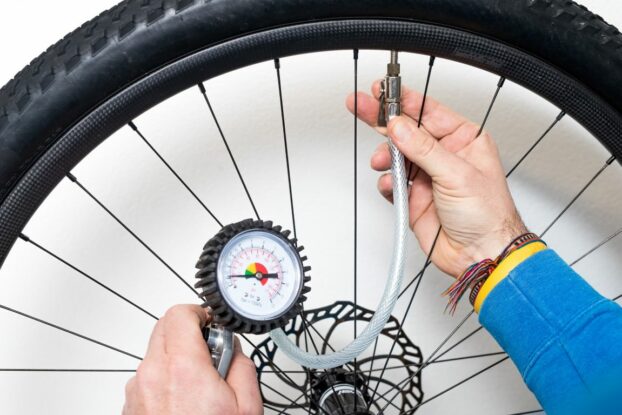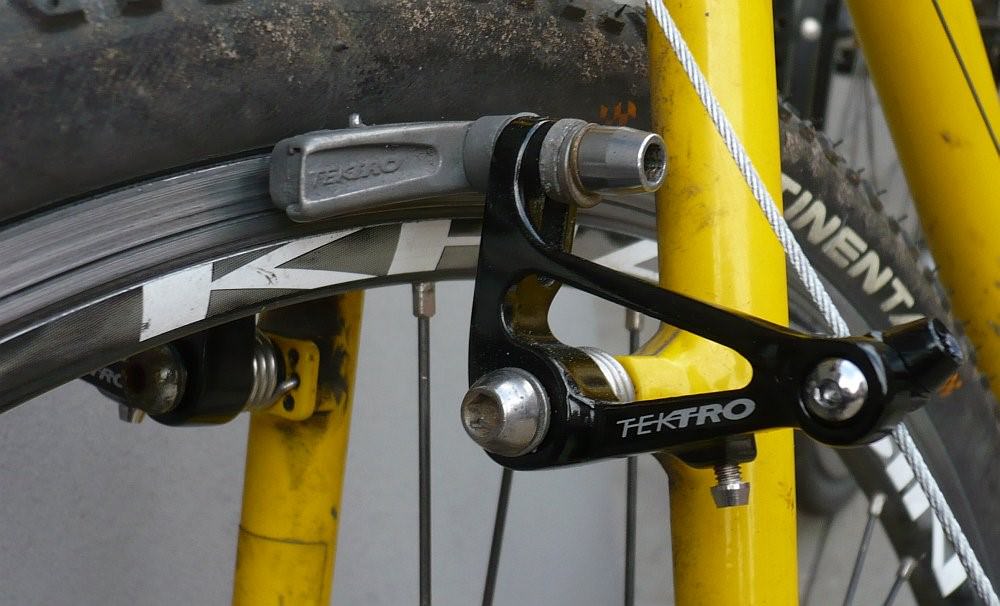Importance of Proper Cycling Posture
Efficiency
Proper cycling posture is crucial as it impacts a rider’s efficiency. When the body is well-aligned, cyclists can transfer power more effectively, allowing for a smoother and faster ride. Maintaining good posture while cycling also decreases air resistance, making it easier to maintain speed.
Comfort
Comfort plays a significant role in the enjoyment of cycling. If a cyclist’s posture is incorrect or uncomfortable, it may lead to discomfort and reduced ride times. By ensuring proper body alignment and weight distribution, cyclists can prevent muscle strain and minimize pressure on joints, helping them feel more comfortable during their rides.
Injury Prevention
Lastly, maintaining proper cycling posture helps in preventing injuries. Misaligned body position can cause undue stress on various joints and muscles, increasing the risk of pain and injury. Additionally, correct posture enhances control and stability on the bike, reducing the likelihood of accidents. By prioritizing proper posture, cyclists can safeguard their well-being and enjoy a safe riding experience.
How Proper Cycling Position Enhances Posture
Neutral Spine
A neutral spine position is crucial for maintaining proper cycling posture, as it helps reduce lower back strain. To achieve this, focus on bending forward from the hips, while keeping your back straight. This allows your spine to maintain its natural curves, and helps distribute pressure evenly along your back.
Pelvis Alignment
Pelvis alignment plays a vital role in ensuring comfortable cycling posture. To avoid putting undue pressure on your lower back and hips, start by adjusting your saddle angle. A neutral saddle angle allows for even weight distribution and helps keep the pelvis in a neutral position, preventing unnecessary tilting or rotation.
Elbow Bend
Unlocking your elbows is another key aspect of maintaining good cycling posture. Avoid locking or hyperextending them, as this can result in a stiff, uncomfortable upper body. Instead, maintain a slight bend in your elbows, allowing your arms to act as shock absorbers. This helps alleviate strain on your neck and shoulders while allowing you to respond more quickly to changes in terrain.
Grip on Handlebars
Lastly, focus on maintaining a relaxed grip on the handlebars. Clenching them tightly can lead to tension in your wrists, arms, and shoulders, negatively impacting your overall posture. To prevent this, hold the handlebars firmly, yet softly, while keeping your wrists in a neutral position. This allows for better control and a more comfortable experience.
It’s essential to maintain proper cycling posture to avoid discomfort and injuries. Focusing on a neutral spine, pelvis alignment, elbow bend, and grip on handlebars not only contributes to a pleasurable ride but also enhances your performance on the bike.
How Does Bike Fit and Sizing Impact Cycling Posture
Professional Bike Fit
It’s crucial to get a professional bike fit to ensure your bike’s frame size, seat height, and cleat placement are tailored to your proportions. A professional fitter will assess your body measurements, flexibility, and riding style to make adjustments that improve your comfort, performance, and overall posture while cycling.
Frame Size
Choosing the correct frame size is essential for maintaining proper cycling posture. A bike that’s too small or large can lead to discomfort, reduced power output, and potential injuries. To find your ideal frame size, measure your inseam and consult a bike size chart or consult with a professional fitter who can make recommendations based on your measurements.
Seat Height
Adjusting the seat height is critical for efficient pedaling and overall cycling posture. When seated, your knee should be slightly bent at the bottom of the pedal stroke—about a 25-35-degree angle. To set the correct seat height, follow these steps:
- Place your bike on a level surface next to a wall or use a trainer for support.
- Sit on the saddle with your heels on the pedals and pedal backward.
- Adjust the saddle up or down until your legs are fully extended, with only a slight bend in the knees.
Keep in mind that individual preferences might vary, and additional adjustments may be necessary for optimal comfort and performance.
Cleat Placement
Cleat placement has a significant impact on your cycling posture, comfort, and power output. Appropriate cleat positioning allows for natural foot movement and proper alignment of the knees and ankles, reducing the risk of injury. To optimize cleat placement, follow these guidelines:
- Position the cleat so that the ball of your foot is directly above the pedal spindle.
- Ensure the cleat is positioned to allow for comfortable foot rotation during the pedal stroke.
- Adjust the side-to-side cleat positioning to achieve proper knee alignment.
It’s advisable to consult with a professional fitter or experienced cyclist for assistance in cleat positioning, as this process may be different based on your unique biomechanics and riding style.
Building a Strong Foundation for Cycling Posture
Core Strength
A cyclist’s core plays a crucial role in maintaining proper cycling posture. It acts as a stable base, helping to control the bike and transfer power efficiently. To improve core strength, incorporate exercises like planks, bicycle crunches, and Russian twists into your workout routine. Strong core muscles will not only support better cycling posture but also help prevent injuries and pain.
Stretching for Flexibility
Flexibility is an important aspect of maintaining proper cycling posture. Cyclists should stretch regularly to improve their range of motion and to alleviate muscle tightness. It’s essential to focus on major muscle groups used in cycling, such as the hamstrings, quadriceps, hip flexors, and lower back. Some effective stretches include the standing hamstring stretch, the quad stretch, and the pigeon pose.
Strength Training for Balance
Balance and stability also contribute to a proper cycling posture. Strength training exercises targeting specific muscles can help improve overall balance. Incorporate exercises like single-leg squats, Bulgarian split squats, and calf raises into your fitness routine.
By focusing on core strength, flexibility, and balance, cyclists can effectively build a strong foundation for maintaining proper cycling posture.
Addressing Key Body Areas for Optimal Cycling Posture
Shoulders and Neck
It’s important to keep your shoulders relaxed and neck aligned when cycling. Tense shoulders can lead to discomfort and strain. To prevent this, make sure to periodically roll your shoulders and maintain a neutral head posture. Keep your chin slightly tucked in to avoid unnecessary neck strain.
Back and Chest
Proper cycling posture requires engaging your core muscles to support your back and chest. Keep your back straight and chest open while riding. Leaning too far forward can place strain on your lower back, while hunching over can cause tightness in the chest. Ensure that your hands lightly grip the handlebars, allowing for easy chest expansion while breathing.
Knees and Legs
For optimal cycling posture, it’s crucial to focus on knee and leg alignment. When pedaling, your knees should be directly above your feet, not pointing inwards or outwards. Make sure your legs are fully extended at the lowest part of each pedal stroke. This will not only improve your leg power but also prevent potential knee injuries.
Cycling Tips for Different Riding Styles
Road Bike Position
When riding a road bike, it’s essential to maintain correct posture to maximize efficiency and prevent discomfort. Key elements to consider for the road bike position include:
- Saddle height: Ensure the height is set at a level that allows for a slight bend in the knee while the pedal is at its lowest point.
- Handlebar reach: Keep the reach comfortable, so the rider isn’t overextending or feeling cramped.
- Bent elbows: Maintain a slight bend in the elbows, to allow for shock absorption and ease of steering.
Aerodynamic Position
For those seeking maximum speed, the aerodynamic position can provide a significant advantage. A few tips for achieving and maintaining an aerodynamic position are:
- Lower torso: Tilt the torso forward, lowering the chest towards the handlebars.
- Tuck in elbows: Bring the elbows closer to the body to reduce wind resistance.
- Straight back: Keep the spine straight and aligned to avoid strain and potential injury.
Remember, adjusting to different riding styles takes time and practice. Consistency and patience are vital to mastering different riding positions and reaping their benefits.

